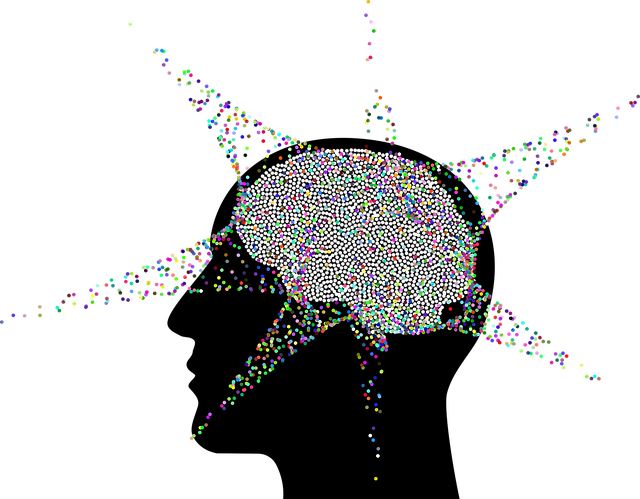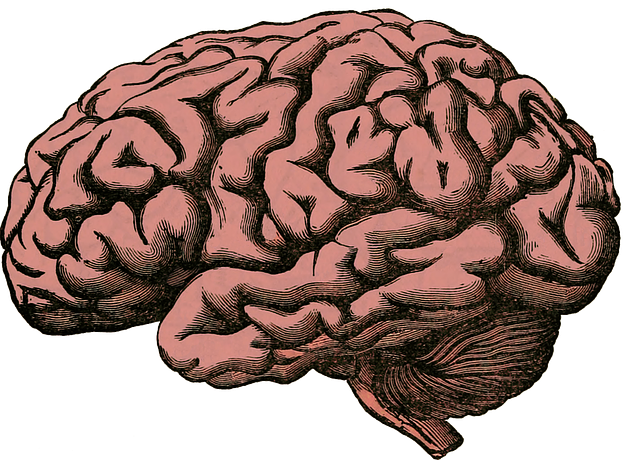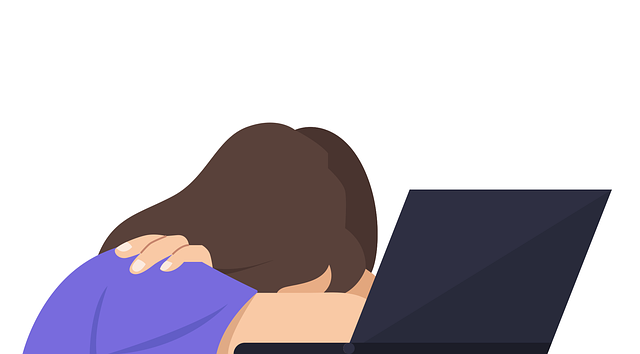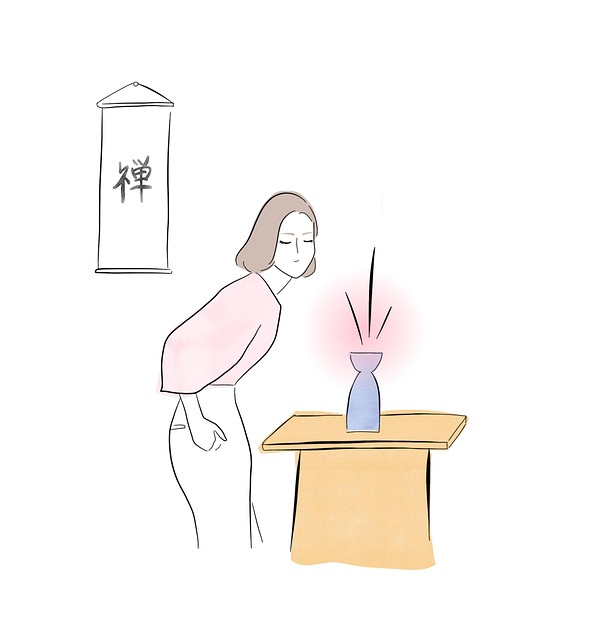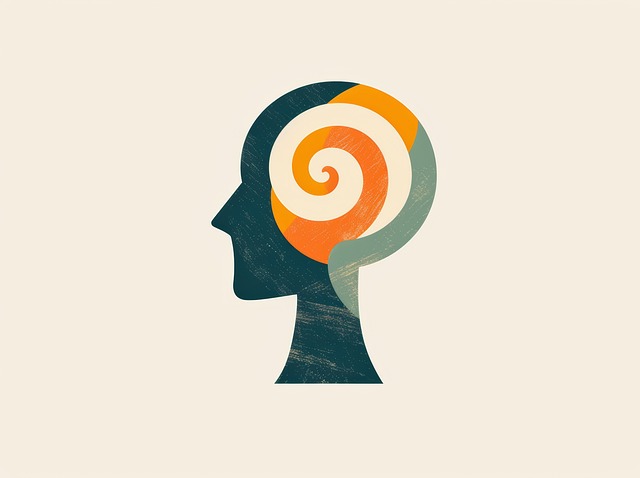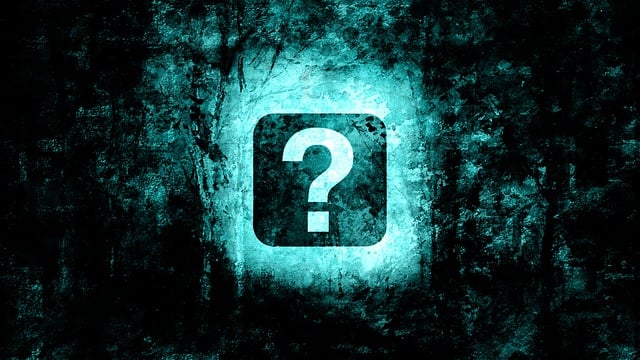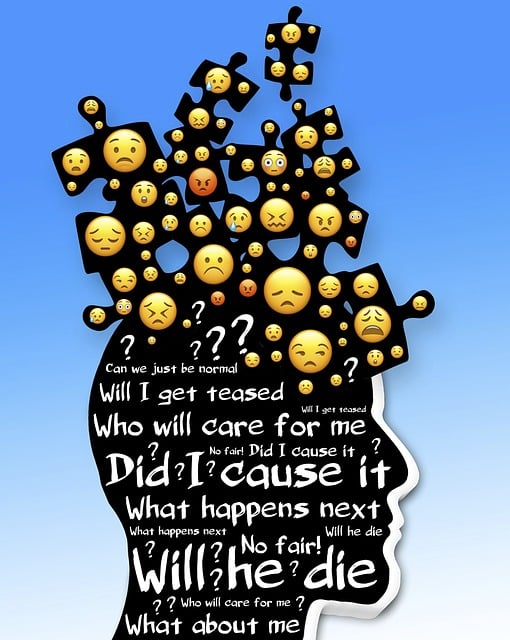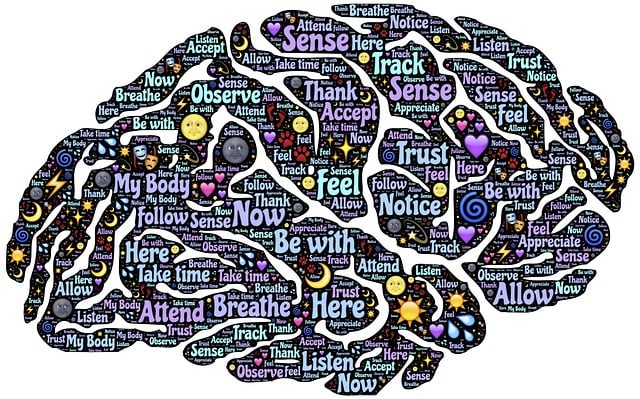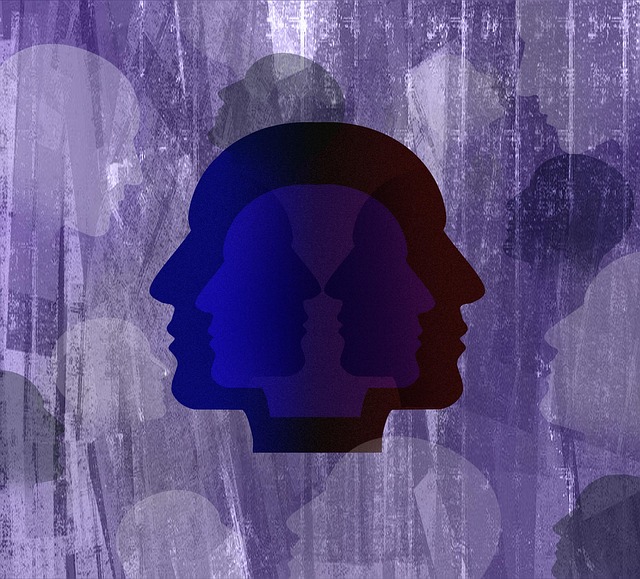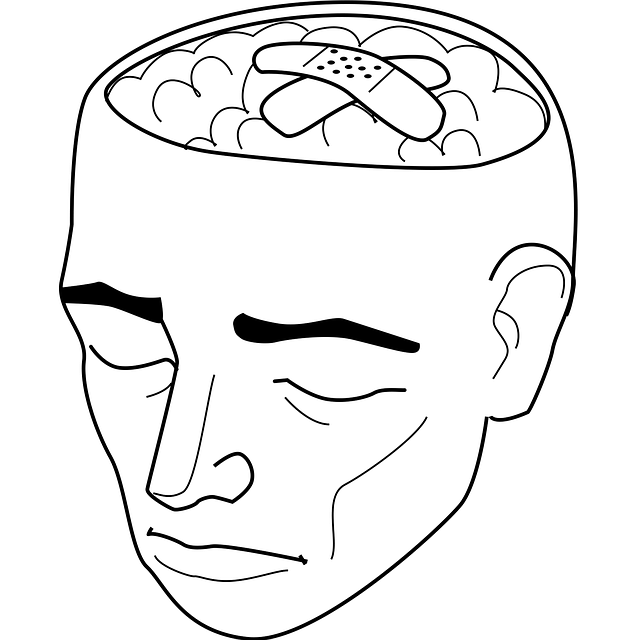In today's digital era, mental wellness apps like Englewood Adolescent and Teen Therapy (EATT) are addressing critical needs for adolescents and teenagers facing academic pressure and social stressors that can lead to anxiety, depression, and burnout. EATT offers accessible counseling tools with self-awareness exercises and tailored burnout prevention strategies, breaking down barriers to therapy and promoting overall well-being. The app also aids in mitigating healthcare provider burnout. By personalizing sessions, integrating interactive tools, and providing immediate support, mental wellness apps can empower teens with stress management skills while fostering a supportive community. Development involves market research, intuitive design, collaboration between therapists and developers, regular updates, and robust security measures. Effective marketing strategies leverage social media influencers and engaging content to reach and appeal to younger users.
In today’s fast-paced world, mental wellness apps are becoming essential tools for supporting adolescents and teens like those in Englewood. With an increasing demand for accessible and personalized therapy, app development offers a promising solution. This article explores the growing need for mental health apps tailored to Englewood’s young population, delves into key features, and provides a comprehensive guide on app creation, marketing, and user engagement strategies specifically designed to cater to the unique needs of this demographic.
- Understanding the Need for Mental Wellness Apps
- Target Audience: Englewood Adolescent and Teen Therapy
- Features to Include in an Effective App
- Development Process and Best Practices
- Marketing and User Engagement Strategies
Understanding the Need for Mental Wellness Apps

In today’s fast-paced world, mental wellness has become a paramount concern, especially among adolescents and teenagers. The relentless demand to excel academically, coupled with increasing social pressures, often leaves young individuals grappling with stress, anxiety, and depression. This is where mental wellness apps step in as powerful tools for support and self-care. Apps like those offered by Englewood Adolescent and Teen Therapy aim to make professional counseling more accessible and engaging for this demographic.
By integrating features such as Self-Awareness Exercises and Burnout Prevention Strategies for Healthcare Providers, these applications provide a personalized and discreet way for teens to manage their mental health. With the rise of digital technology, developers have an opportunity to create innovative solutions that cater to the unique needs of young people. This shift is crucial in breaking down barriers to accessing therapy and fostering better overall well-being, especially in preventing burnout among healthcare providers who play a vital role in supporting others’ mental health journeys.
Target Audience: Englewood Adolescent and Teen Therapy

Englewood Adolescent and Teen Therapy (EATT) caters to a critical segment of the population—young individuals facing mental health challenges. This specialized therapy service recognizes the unique needs of adolescents, aiming to support them in navigating complex emotional landscapes. By focusing on this demographic, EATT addresses a growing concern: burnout among healthcare providers treating youth. The app being developed is designed to offer tailored solutions for both teens and therapists involved in their care.
The platform incorporates various features, including mental wellness journaling exercise guidance, to encourage self-reflection and emotional healing processes. This proactive approach not only assists teens in managing stress but also equips them with tools for burnout prevention strategies for healthcare providers. By providing accessible resources and support, the app aims to create a safe space for vulnerable adolescents while promoting holistic well-being.
Features to Include in an Effective App

When developing a mental wellness app like Englewood Adolescent and Teen Therapy, it’s crucial to incorporate features that cater to diverse user needs. Effective apps should offer personalized therapy sessions tailored to individual struggles, whether it’s managing anxiety, resolving conflicts, or coping with stress. Incorporate interactive tools such as mood trackers, mindfulness exercises, and cognitive-behavioral techniques for self-reflection.
Additionally, consider integrating live chat or counseling options with certified professionals from organizations like Stress Management Workshops, enabling immediate support during crisis moments. Regular updates featuring engaging content, success stories, and educational articles on topics like Anxiety Relief can further enhance user engagement and foster a sense of community.
Development Process and Best Practices

The development process for a mental wellness app, such as those offering Englewood Adolescent and Teen Therapy services, involves several key stages. Initially, thorough market research is conducted to understand user needs and existing solutions. This includes identifying target demographics, assessing competition, and gathering feedback from potential users to ensure the app aligns with their expectations. The design phase follows, where UI/UX specialists create intuitive and engaging interfaces that promote self-esteem improvement and emotional intelligence.
Best practices in app development emphasize collaboration between therapists, developers, and user experience experts. Incorporating features for inner strength development should be guided by evidence-based therapeutic techniques. Regular updates and user testing are vital to refine the app’s performance and address any issues promptly. Additionally, ensuring data privacy and security is paramount, especially when dealing with sensitive mental health information. This involves implementing robust encryption methods and adhering to relevant data protection regulations to build users’ trust.
Marketing and User Engagement Strategies

Marketing and user engagement strategies play a pivotal role in the success of mental wellness apps, especially when targeting adolescents and teens. To effectively reach and engage this demographic, developers should leverage social media platforms popular among young people, such as Instagram and TikTok. Creating engaging video content showcasing real-life testimonials or demonstrating the app’s features through short, catchy videos can help capture attention and build trust. Collaborating with influencers or mental health advocates who resonate with the target audience is another powerful strategy to enhance visibility.
Additionally, incorporating interactive elements within the app, like gamification features or challenges, can encourage regular usage. For instance, a Mental Wellness Journaling Exercise could be designed as a daily quest, rewarding users with badges or points for consistent participation. Compassion Cultivation Practices and Social Skills Training modules can be presented in a storytelling format, making them more engaging and accessible. By combining these marketing and engagement strategies, an app like Englewood Adolescent and Teen Therapy can foster a sense of community and make mental wellness support more appealing to its younger users.
Mental wellness apps have become essential tools for addressing the growing need for accessible therapy, particularly among adolescents and teens. As demonstrated by the success of Englewood Adolescent and Teen Therapy, these digital solutions offer a discrete and convenient way to provide support. By incorporating evidence-based practices and engaging features, developers can create effective apps that cater to this specific demographic. The development process should prioritize user experience, privacy, and ethical considerations while leveraging marketing strategies to reach the target audience. With the right approach, mental wellness apps have the potential to revolutionize youth therapy, making professional assistance more accessible and acceptable.
